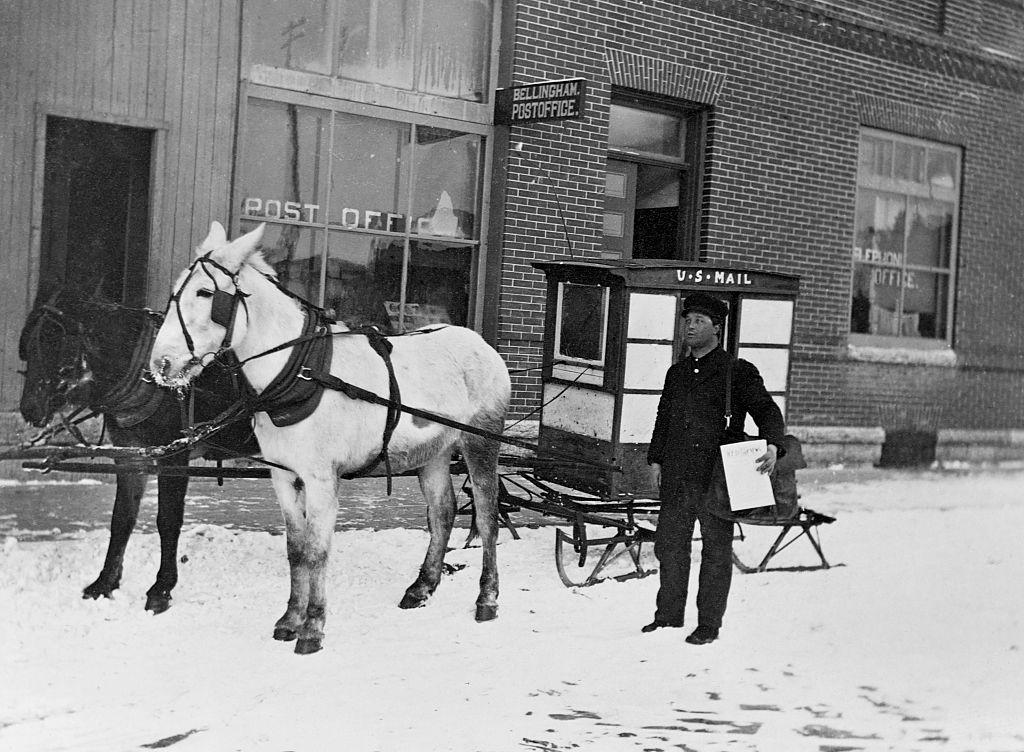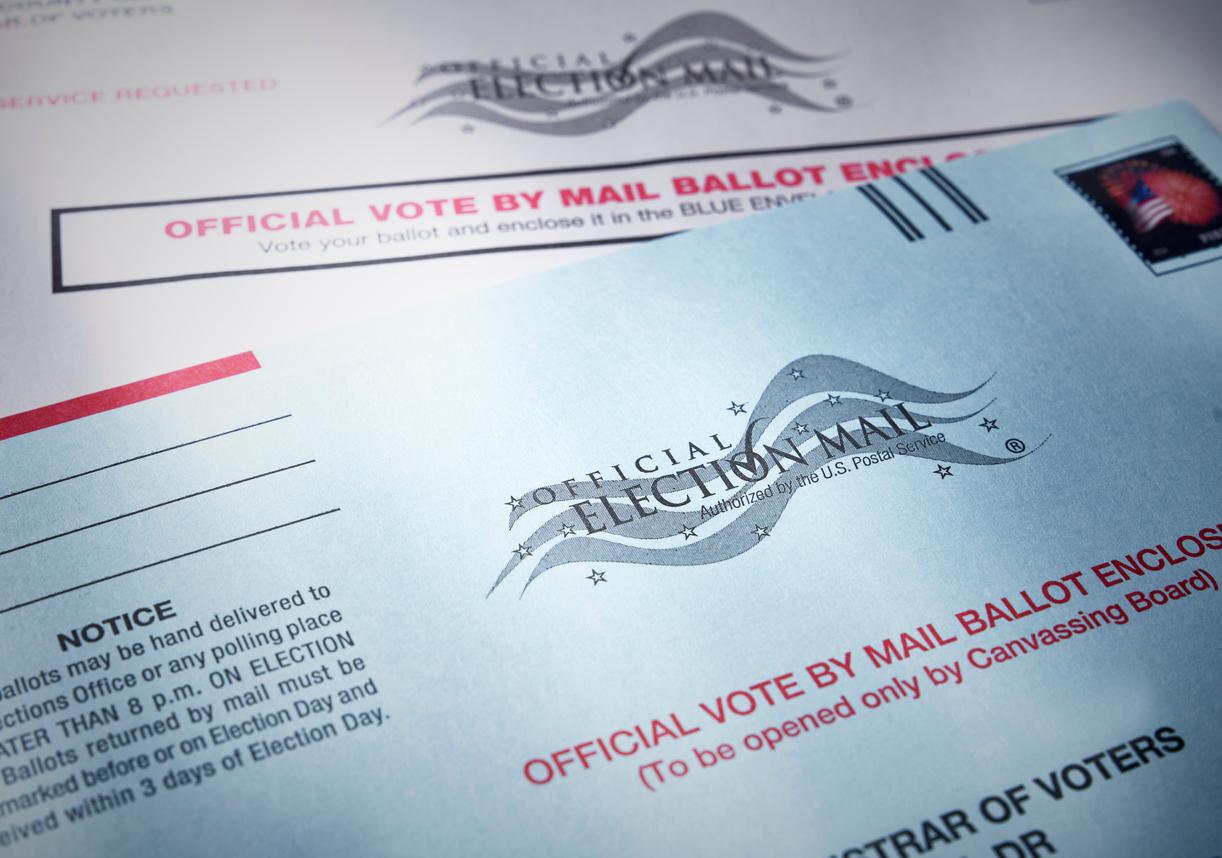The USPS Doesn’t Run on Tax Dollars, and Its Funding Is About to Run Out
Updated Aug. 6 2020, 4:39 p.m. ET

There’s been a lot of buzz surrounding the United States Postal Service lately, from the speed of mail delivery to the uncertainty of its future.
The post office has been an American institution since 1775, when Benjamin Franklin was named the first-ever Postmaster General. The first stamps were issued in 1847, and city delivery got its start in 1863.
It’s a common assumption that the USPS is a federal agency, and its 7.3 million workers are federal employees. But actually, the post office isn't funded by tax dollars.
Clearing this misconception up is the number one item on their Top Thirteen Things You Should Know about the U.S. Postal Service page.
If not for taxes, how is the post office funded?
Mail delivery is a service you receive, but not one you pay for — outside of the postage that you purchase.
That’s because the post office is a quasi-federal agency, and as such, is not funded by the U.S. government. Postal workers receive federal benefits, but are not actually considered federal employees.

Its official statement is, “The Postal Service receives NO tax dollars for operating expenses and relies on the sale of postage, products and services to fund its operations.”
So it’s your books of stamps, flat-rate boxes, packing and shipping materials, and even the adorable greeting cards they offer at checkout that keeps their operations running.
But the USPS may run out of money this year.
Even before the novel coronavirus struck, impacting people and businesses across the country and around the world, the USPS was in serious financial trouble.
The U.S. Government Accountability Office (GAO) calls the post office’s financial viability a high-risk issue, saying, “Comprehensive legislative reform and additional cost-cutting measures are needed for the U.S. Postal Service (USPS) to achieve sustainable financial viability.”
“USPS has lost $69 billion over the past 11 fiscal years — including $3.9 billion in fiscal year 2018. USPS’s total unfunded liabilities and debt ($143 billion at the end of fiscal year 2018) have grown to double its annual revenue.”
As CNN reports, the USPS told Congress it would be out of money by September back in April of 2020.
Here’s why it’s in financial trouble.
GAO cites a deteriorating financial situation, insufficient cost savings, and unfavorable trends as the reasons behind the post office’s poor financial performance.
Its expenses are also growing faster than its revenue because of increased wages, a decrease in mail volume, and something known as pre-funded healthcare — a hot topic within the postal community.
For many years, the USPS was the only federal agency subject to a pre-funding mandate on future retiree health benefits.
Under the mandate, they were on the hook to pay between $5.5 and $5.8 billion a year, and postal losses mounted.
Despite partial deferrals from Congress and the proposed USPS Fairness Act to eliminate pre-funded health benefits, the agency has accrued a reported whopping $120 billion in pension and other post-employment unfunded liabilities.
The Fairness Act passed in the House of Representatives in February 2020, and a Senate vote is pending.
The future of the USPS is in jeopardy.
In March, the $2 trillion Coronavirus Relief Bill reserved $25 billion for the USPS under the CARES Act, which was blocked by the Trump administration.
The administration then offered a $10 billion loan under terms in which control over the mail service would shift to Treasury Secretary Steven Mnuchin, and package rates would be quadrupled in exchange for the funding.
Postal experts clapped back, saying these increases “would quickly bankrupt the agency by pricing out the likes of UPS, FedEx and Amazon from contracting with the Postal Service.”
In April, the post office requested $75 billion in emergency funding to continue processing and delivering some 48 percent of the world’s mail. As of now, the funding is still hanging in the balance.

And the stakes are higher than ever with the upcoming election.
With a probable mail-in ballot voting system set for this election year, the pressure is on to settle financial unrest and questions of whether the postal service will be equipped to handle the process.
Postmaster Louis DeJoy has been invited to testify in front of the House Oversight Committee “in a sign of congressional concern over the possibility of delays.”
The testimony was reportedly requested "to examine recent changes to U.S. Postal Service operations and standards and the need for on-time mail delivery during the ongoing pandemic and upcoming election, which as you know may be held largely by mail-in ballot."
Stay tuned for more on the future of the USPS during this unprecedented time.
